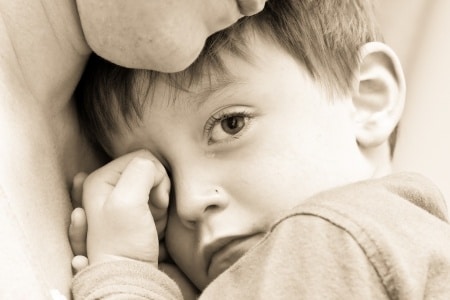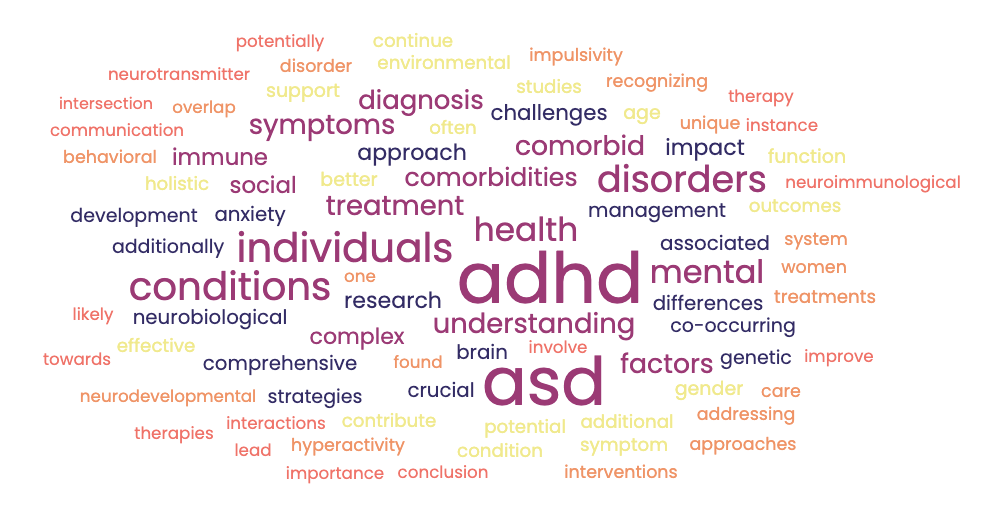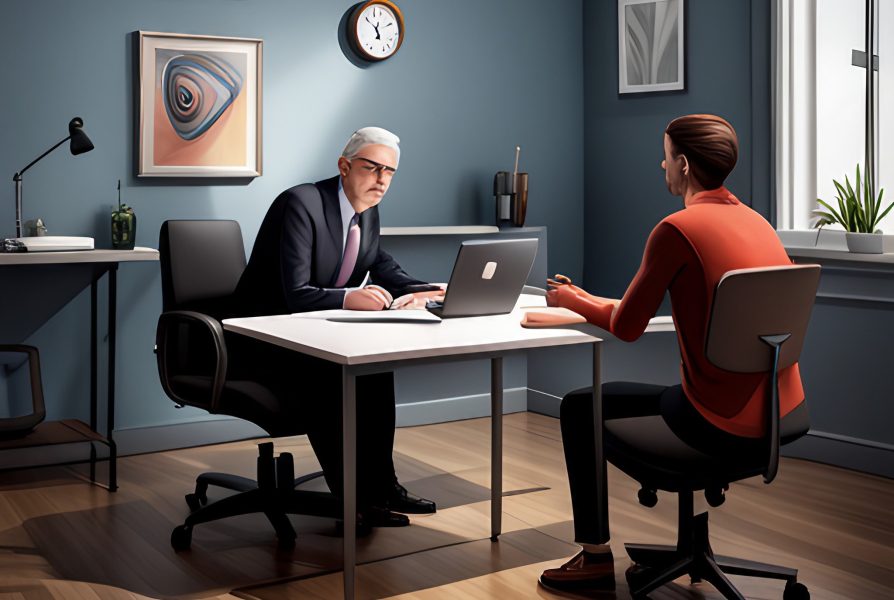While working in the Pediatric ICU/Burn unit at the University of Washington Harborview Medical Center, I found that many parents whose children had experienced traumatic injury such as a burn, accident, assaults from other people or animal attacks found it helpful to have specific symptoms to watch for and suggestions to help them manage their children’s reactions to the stressful event.
In the first several days after a stressful incident, your child may feel jumpy, confused, irritable and worried. This is an absolutely normal response for children and it may take some time for them to feel better. Typically, these types of acute stress symptoms last from a few days to one month. If these symptoms persist for more than a month they could be potential signs of Post-Traumatic Stress Disorder (PTSD). If your child needs extra help and continues to be upset, worried, or shows a loss of interest in usual activities for a few weeks after the injury it is recommended that you consult with your pediatrician or a psychologist.
Studies have shown that roughly 14-34% of children exposed to a trauma meet full criteria for PTSD (1-4). However, children with less severe symptoms of PTSD also experience significant distress (5). Factors associated with increased risk of developing PTSD are prior trauma, female gender, parental coping, and history of parents with mental health difficulties. Cognitive-Behavioral Therapy (CBT) remains the best and most validated treatment for children with PTSD. This treatment includes managing the physical pain (if an injury has occurred), brief consultation, crisis intervention, and family support.
How do I recognize symptoms of stress/trauma in my child?
Behavioral changes may include:
- Withdrawal – may keep to him or herself more than usual, be quieter, etc.
- Anhedonia- Loss of interest in activities that (s)he typically enjoyed before the stressful incident occurred
- Fear of the dark
- Fear of being alone
- Nightmares that are not generally related to the incident
- Intrusive memories (recurrent, unwanted distressing memories and/or reliving the traumatic event as if it were happening again)
- Sleep problems
- Changes in appetite
- Irritability
- Hypervigilance- high degree of arousal or sensory sensitivity and constant scanning of the environment for threats
How do I help my child cope with a stressful event?
Here are some tips on how to manage acute stress symptoms:
1. If your child is experiencing nightmares: Wake your child up and reorient him/her (e.g., explain that (s)he is at home with you). Comfort him/her and provide reassurance that (s)he is in a safe place and encourage your child to go right back to sleep.
2. If your child is experiencing Intrusive memories–flashbacks: use a STOP sign or distraction technique. This was often successful with pediatric ICU patients who had recently experienced a traumatic injury.
The STOP sign steps are as follows:
- STEP 1- Ask them if they continue to have thoughts or images of the incident
- STEP 2- If the response is “yes,” then ask your child if (s)he wants to learn a way to stop having the thoughts. Because re-experiencing a trauma is upsetting, your child will most likely say “yes”. However, by simply asking, you are giving your child a sense of control and engaging him/her in the decision making process.
- STEP 3-Ask your child if (s)he knows what a stop sign looks like? Show a photo or present the big red sign. Ask your child to describe that sign to you so you know they have a good understanding of what you are talking about. You can also draw a picture to show him/her.
- STEP 4-You probably have pretty good understanding of your child’s favorite cartoon character or superhero. So next, you will ask your child when (s)he is experiencing a flashback to imagine a stop sign. This technique will stop the flashback because you are now overwhelming their senses with a red colored sign that says STOP. Then tell him/her to imagine a favorite cartoon character or superhero. Though this seems to be extremely simple, it can be very helpful for your child to feel that they have a way to control these uncomfortable and stressful flashbacks.
Simple distractions include playing a game, reading a book, singing a song, etc. is also helpful.
3. If your child is experiencing hypervigilance: Use relaxation techniques (i.e., focused breathing, visual guided imagery, music).
4. No matter what, normalize your child’s reaction. Tell him/her this is a normal response to something scary.
5. Most importantly, give your child the expectation that the symptoms will resolve. Tell your child that (s)he is going to be ok. Tell your child that this will go away.
6. Do not force your child to talk about the stressful situation if (s)he is not ready to do so. Always follow your child’s lead in these types of situations.
7. A reminder, in case these symptoms do not resolve a few weeks after the incident it is recommended to consult with your pediatrician or a psychologist.
Resources
Here are some links to a handout from the National Child Traumatic Stress Network for you and your child that I often give to parents at the hospital:
http://www.aftertheinjury.org/sites/ati/files/aftertheinjuryhelpingmychildcope.pdf
http://www.aftertheinjury.org/sites/ati/files/aftertheinjuryhelpingmyselfcope.pdf
For your child:
http://www.aftertheinjury.org/sites/ati/files/aftertheinjurytipsforkids.pdf
Link to the National Child Traumatic Stress Network:
http://www.nctsn.org/trauma-types
Link for rating your child’s reaction:
http://www.aftertheinjury.org/how-your-child-doing
REFERENCES
1. Kassam-Adams, N., Winston, K. F. Predicting Child PTSD: The Relationship Between Acute Stress Disorder and PTSD in Injured Children. (2004). Journal of the American Academy of Child & Adolescent Psychiatry. 43 (4); 403-411
2. Keppel-Benson, J. M., Ollendick, T. H., Benson, J. B., Post-traumatic stress in children following motor vehicle accidents. (2002). Journal of Child Psychology and Psychiatry. 43 (2); 203-212. DOI: 10.1111/1469-7610.00013
3. Aaron, J., Zaglul, H., & Emery, R. E. (1999). Posttraumatic stress in children following acute physical injury. Journal of Pediatric Psychology, 24(4), 335– 343.
4. Stallard, P., Velleman, R., & Baldwin, S. (1999). Psychological screening of children for post-traumatic stress disorder. Journal of Child Psychology and Psychiatry, 40(7), 1075–1082.
5. Carrion, V. G., Weems, C. F., Ray, R., & Reiss, A. L. (2002). Toward an empirical definition of pediatric PTSD: The phenomenology of PTSD symptoms in youth. Journal of the American Academy of Child and Adolescent Psychiatry, 41(2), 166–173.








